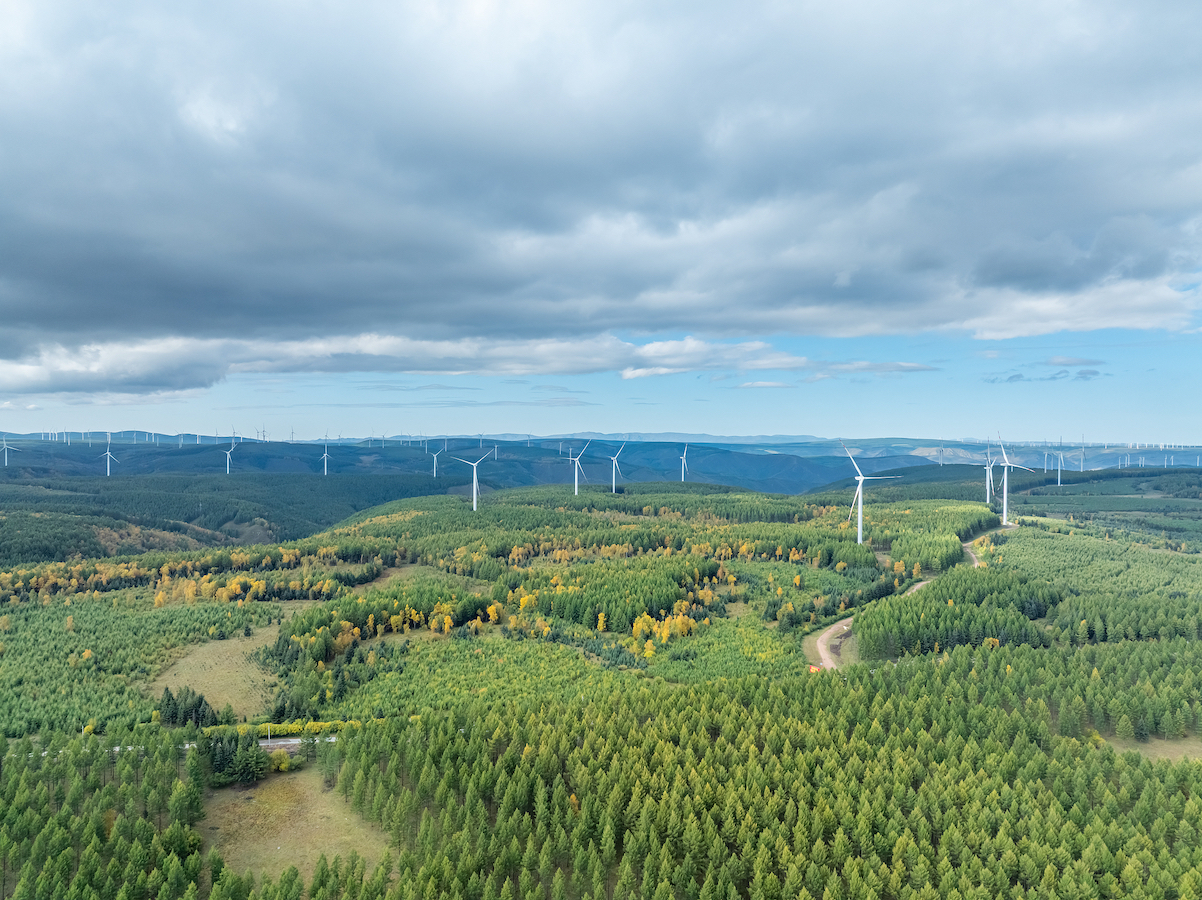United Nations Convention on Biological Diversity
Launched in 1978, the Three-North Shelterbelt Forest Program, the world's largest afforestation initiative, aims at halting desertification across northwest, north and northeast China. In recent years, the government has invested 32 billion yuan (about $4.4 billion) into the program, supporting 287 ecological projects and 58 nursery bases. About 3.8 million hectares of land was treated last year under the program. These efforts are crucial in stabilizing the ecosystem of arid regions.

The Saihanba Mechanized Forest Farm in Hebei Province, north China. /VCG
Beyond large-scale afforestation, regional ecological projects have also yielded significant results. Over the past decade, the Beijing-Tianjin-Hebei region has made significant progress in ecological restoration. Beijing has implemented over 13,000 hectares of afforestation, Tianjin over 300 hectares, and Hebei Province over 425,000 hectares. These projects have played a key role in reducing dust storms, improving air quality and enhancing regional biodiversity.
China completed ecological protection and restoration of more than 5 million hectares of land in 2024. Beijing, Ninghe District in Tianjin, and seven other Chinese regions and cities were recognized as "Biodiversity Charming Cities" at the 8th Summit of Subnational Governments and Cities during the 16th Conference of the Parties (COP16) to the United Nations Convention on Biological Diversity.
